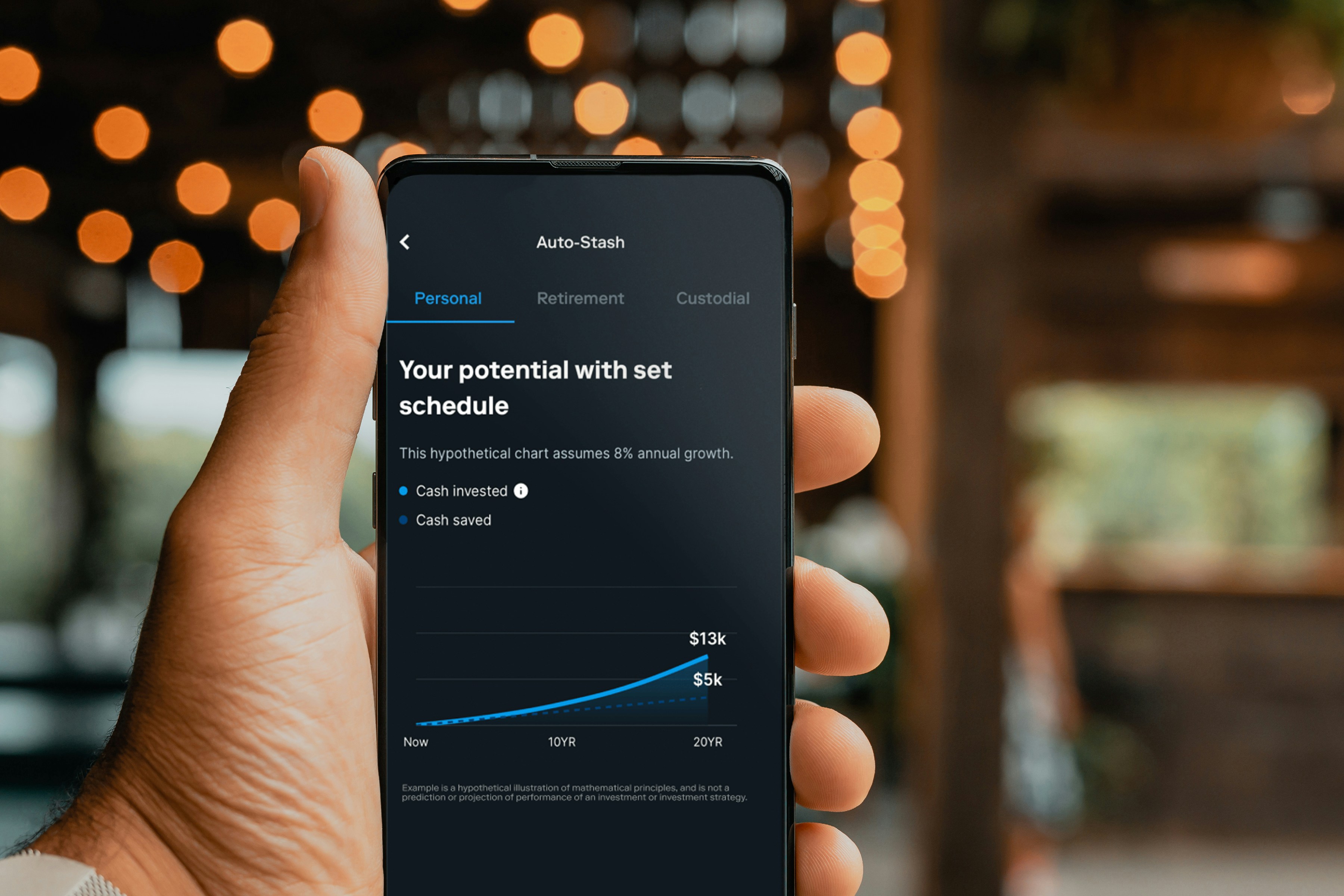
Introduction to Personal Budgeting
Creating a Personal Budget: A Guide for Indian Salary Standards
Personal budgeting plays a critical role in effective financial management and serves as a foundational tool for individuals looking to gain control over their finances. At its core, a budget is a detailed plan that outlines expected income and expenses over a specific time period. This financial roadmap is essential for tracking cash flow, making informed spending decisions, and ensuring that monthly financial obligations are met without undue stress.
With the unique economic landscape in India, understanding how to create a personal budget using Indian salary standards is crucial. Indian salaries often vary significantly based on industry, location, and experience, which necessitates a tailored approach to budgeting. Adopting a budget allows individuals to allocate resources efficiently, thus ensuring that their financial health is maintained. A structured budget not only identifies where money is coming from but also highlights where it is being spent, facilitating better financial choices.
Having a personal budget empowers individuals to plan for future goals, such as buying a home, funding education, or preparing for retirement. This concept is particularly relevant in the Indian context, where cultural and economic factors influence personal finance. By establishing a budget that reflects Indian salary standards, individuals can identify discretionary spending areas that may require adjustments, ultimately promoting savings and reducing financial anxiety. Furthermore, with inflation and changing economic conditions, a well-structured budget can serve as a dynamic tool that adapts to shifting circumstances.
In today’s fast-paced world, the importance of budgeting cannot be overstated. It is not just about restriction; it is about making informed choices that align with one’s lifestyle and financial objectives. The journey to financial stability begins with understanding how to create a personal budget using Indian salary standards effectively, ultimately leading to a secure and prosperous future.
Understanding Your Income
Creating a personal budget effectively begins with a clear understanding of your total monthly income, particularly within the context of Indian salary standards. It is critical to account for all sources of income to establish an accurate financial foundation. In India, the typical salary structure may include basic salary, allowances, bonuses, and various forms of additional income.
The basic salary constitutes the core of your earnings and is often supplemented by other components such as house rent allowance (HRA), dearness allowance (DA), and special allowances. Including these factors will provide you with a comprehensive overview of your total income from your employment. Additionally, consider any monthly bonuses or performance-linked incentives, as these can significantly impact your overall financial position.
Beyond employment income, many individuals also generate revenue through investments or side businesses. Income from rental properties, dividends from shares, or interest from fixed deposits should be factored into your monthly assessment. All these components will provide a fuller picture of your financial landscape, essential for learning how to create a personal budget using Indian salary standards effectively.
Once all income sources are accounted for, it is essential to calculate your net income. This process involves deducting taxes and any other mandatory contributions, such as provident fund (PF) deductions, from your gross earnings. Understanding the tax structure applicable to your income bracket will help ensure that you are accurately reflecting your earnings. The effective calculation of net income allows for a realistic approach when planning your budget, facilitating better management of expenses and savings.
Identifying Fixed and Variable Expenses
Creating a personal budget begins with understanding the types of expenses you incur each month. Broadly, these can be categorized into fixed and variable expenses. Fixed expenses are those that remain constant regardless of lifestyle changes. For individuals on an Indian salary, examples include rent or home mortgage payments, insurance premiums, and monthly utility bills such as electricity, water, and internet charges. These are the expenditures that a budgeter can typically predict with accuracy, allowing for effective long-term financial planning.
On the other hand, variable expenses fluctuate based on consumption and personal choices. These can include essential items like groceries and household supplies, alongside discretionary spending such as dining out, entertainment, and shopping for clothes. In the Indian context, a person might allocate a specific amount each month for groceries but find that their spending can vary significantly depending on seasonal ingredients and personal preferences. Therefore, documenting these variable expenses becomes essential for a comprehensive understanding of your financial landscape.
To accurately identify fixed and variable expenses, one practical approach involves reviewing bank statements from the past few months. This review not only sheds light on regular payment amounts for utilities and housing but also reveals spending patterns related to discretionary purchases. Once these categories are established, you can systematically analyze whether your actual spending aligns with your income. This alignment is a crucial step when learning how to create a personal budget using Indian salary standards. By recognizing where your money is going, you can make informed choices, reduce unnecessary spending, and ultimately work towards achieving your financial goals.
Setting Financial Goals
Setting financial goals is a crucial step when learning how to create a personal budget using Indian salary standards. Establishing these goals aids in directing your financial planning efforts and can significantly influence how you manage your budget over time. By defining clear and realistic financial objectives, individuals can ensure they are preparing sufficiently for both short-term needs and long-term aspirations.
Short-term goals may include saving for a vacation, purchasing new electronics, or accumulating an emergency fund. These goals typically range from a few months to a couple of years, making them more tangible and easier to achieve. To effectively incorporate short-term goals into your budget, examine your monthly expenses and identify areas where you can allocate funds toward achieving these objectives. For instance, by cutting back on non-essential expenditures, like dining out or entertainment, you can set aside a portion of your income for these short-term aspirations.
On the other hand, long-term financial goals might encompass objectives such as buying a home, funding your children’s education, or planning for retirement. When figuring out how to create a personal budget that accounts for these goals, it is essential to consider various factors, including expected income growth, inflation rates, and investment strategies. By predicting future salary increases or changes in economic conditions, individuals can better allocate their finances accordingly.
Incorporating both short-term and long-term goals into your budgeting process will not only make your financial plan more comprehensive but can also motivate you to stay disciplined in your savings and spending habits. Clearly defined goals will guide your budgeting decisions and inspire you to make sacrifices when necessary, ultimately leading to a more secure financial future.
Creating the Budget Plan
Creating a comprehensive budget plan is essential for managing personal finances effectively, especially under the Indian salary standards. The initial step in this process is to identify your income source, which often consists of your monthly salary along with any additional earnings from side gigs or investments. Once you have a clear picture of your total income, you can start categorizing your expenses to establish a budget that reflects your financial priorities.
One popular budgeting method is the 50/30/20 rule, which suggests allocating 50% of your income to necessities such as rent, utilities, and food. The next 30% can be directed towards discretionary spending like entertainment or dining out, while the remaining 20% should be set aside for savings and debt repayment. This approach is particularly effective for those adhering to Indian salary standards, as it promotes balanced financial management.
Alternatively, the envelope system, where you separate cash for different spending categories into labeled envelopes, can also be beneficial. This method helps in maintaining discipline regarding your expenditure, ensuring that you do not overspend in any one area. Another approach is zero-based budgeting, which involves allocating every rupee of your income to specific expenses until your budget balances out to zero. This meticulous planning ensures that each part of your income is accounted for, aligning well with the needs of individuals working under Indian salary structures.
To facilitate this process, various budgeting templates and tools are available online that cater specifically to the Indian market. Spreadsheets or budgeting apps designed to account for regional income standards and expenses can simplify the budgeting process, making it much easier to track your expenditures and savings. Utilizing these resources allows you to establish a robust financial plan that accommodates your lifestyle while ensuring long-term fiscal health.
Tracking and Adjusting Your Budget
Creating a personal budget is a dynamic process that requires regular tracking and adjustments to align with changing financial circumstances, particularly within the framework of Indian salary standards. Monitoring your expenses against your budget is essential for ensuring financial health and achieving your financial goals. This practice not only helps identify areas where overspending may be occurring but also aids in understanding spending habits that may need modification.
One effective method for tracking expenses is maintaining a detailed log, where you record all expenditures daily. This can be done through mobile applications specifically designed for budgeting or through spreadsheets, which provide a customizable approach. Tools such as the Microsoft Excel budgeting template or dedicated budgeting apps like Walnut and MoneyControl can greatly facilitate this process. These tools allow you to categorize spending and visualize how your expenses compare to your budget, making it easier to stay on track.
In addition to tracking, adjusting your budget is a crucial practice. Life can be unpredictable; therefore, it is pertinent to reassess your budget regularly, particularly when there are changes in income due to job shifts, salary hikes, or other unforeseen financial pressures. For instance, if you receive a bonus or a salary increase, you might decide to allocate a portion of the extra income to savings or investments, thus refining your budget to better reflect your current financial priorities.
Similarly, if expenses unexpectedly rise, such as medical bills or major repairs, proactively adjusting your budget can prevent financial strain. It is vital to approach your budget as a living document that evolves with your financial situation. By diligently tracking your expenses and making necessary adjustments, you can effectively learn how to create a personal budget using Indian salary standards that truly supports your financial aspirations.
Common Budgeting Mistakes to Avoid
Creating a personal budget using Indian salary standards can be a transformative financial practice. However, individuals often encounter common pitfalls that can undermine their budgeting efforts. One of the most frequent mistakes is underestimating expenses. Many people tend to overlook minor yet recurring costs, such as groceries, maintenance, and transportation. To combat this, it is crucial to track actual spending over several months to get a clearer picture of personal expenditure patterns.
Another significant error is neglecting to account for irregular bills. These may include annual insurance premiums, subscription services, or medical expenses. When budgeting, consider creating a separate savings fund to manage these sporadic payments. This proactive measure will ensure that the budget remains balanced even when these costs arise unexpectedly.
Failing to update the budget over time is another critical misstep. Life circumstances can change, such as a new job, relocation, or family changes, which can significantly impact financial situations. Regularly reviewing and adjusting the budget helps to ensure that it remains relevant. At least quarterly assessments are advisable to account for changes in income or expenses.
Furthermore, many individuals set unrealistic budgetary goals. While it’s important to be ambitious, targeting excessively low expenditure can lead to frustration and non-compliance. A more constructive approach is to set attainable goals that allow room for some flexibility. Incorporating small, enjoyable expenses into the budget can help maintain motivation and prioritize saving.
By avoiding these common mistakes, individuals can effectively learn how to create a personal budget using Indian salary standards. Emphasizing realistic estimations, planning for irregular expenses, and conducting regular reviews are all vital components of successful budgeting.
Using Technology to Simplify Budgeting
In today’s digital age, the implementation of technology in personal finance management has become increasingly essential. For individuals looking to understand how to create a personal budget using Indian salary standards, various applications and online tools can significantly aid in simplifying this process. By leveraging these technologies, users can monitor their expenditures, allocate funds effectively, and achieve their financial goals.
Among the leading budgeting applications in India, Moneycontrol stands out. This app allows users to track their expenses in real time and categorize them for better understanding. Additionally, it provides features that help set financial goals, making it easier for individuals to create a personal budget tailored to their income level. Users can also integrate their bank accounts for seamless data synchronization, ensuring that they have a comprehensive view of their financial status.
Another noteworthy app is Wally, which has gained popularity for its user-friendly interface and robust tracking capabilities. Wally enables users to input their income and expenses manually or track them automatically through its bank integration features. By analyzing spending habits, users can adjust their financial plans with the insights provided, effectively demonstrating how to create a personal budget using Indian salary standards.
Online banking tools further enhance the budgeting experience. Many banks in India offer features such as spending analytics and automatic categorization of transactions. These tools serve to streamline the budgeting process, allowing users to focus on their financial objectives rather than getting bogged down by manual data entry and calculations.
In conclusion, utilizing technology can transform the budgeting experience for individuals in India. With various applications and online banking features at their disposal, users can effectively create and maintain a personal budget, making informed financial decisions that align with their salary standards and long-term financial goals.
Conclusion and Next Steps
In today’s financial landscape, understanding how to create a personal budget using Indian salary standards is essential for ensuring long-term financial stability. From analyzing your income to understanding expenditure patterns, the budgeting process provides a roadmap for achieving financial goals. This guide has detailed the essential components needed to construct an effective budget, emphasizing the importance of tracking income, categorizing expenses, and making room for savings.
As you embark on your journey toward effective budgeting, it is vital to revisit and refine your personal budget regularly. Financial circumstances often change due to factors such as salary increments, inflation, or unexpected expenses. By reassessing your budget periodically, you can ensure that it remains aligned with your current financial situation and goals. This will also help you adjust your spending habits and optimize savings opportunities as they evolve.
Additionally, seeking professional financial advice can be beneficial. A financial advisor can provide personalized insights tailored to your unique financial circumstances, helping you navigate complex situations and enhance your budgeting efforts. Moreover, building a habit of savings is integral to financial health. Allocating a certain percentage of your salary to savings can create a safety net and provide peace of mind during unforeseen circumstances.
In conclusion, adopting the practice of budgeting using Indian salary standards not only promotes clarity in financial decision-making but also fosters increased financial security. By implementing the strategies discussed and committing to maintaining your budget, you are taking significant steps toward achieving your long-term financial objectives. Make the decision today to take control of your finances and lay a strong foundation for a secure financial future.




























